Q&A: Financial data reconciliation – new mindset, new technology
A special ReconArt feature first published on Bobsguide – the ultimate fintech resource, an innovative online platform that connects the providers of fintech solutions with the financial services professionals who need them.
Read the article as well.
Bobsguide spoke to Ivan Popov, chief technology officer at ReconArt, about the future of data reconciliation technology and how automation is going head to head with obsolete process frameworks and concepts in accounting and financial reporting
What are the main reasons these days for companies to pursue reconciliation automation?
Reconciliation automation fits into the broader concept of business transformation in the realm of finance & accounting. To put it in a perspective, those efforts are aimed at reducing manual operations, tackling complexity, securing greater reporting visibility, adequate response to regulatory requirements, plus data security and integrity for that matter. Reshaping reconciliation toward those objectives makes no exception.
Times are dynamic, even turbulent, but also offering growth opportunities for those equipped to seize them. Companies often need to figure out how to achieve more with less resources or adopt quickly new modes of operation due to changed demand. This requires agility and resilience and this is where the technology provides tremendous leverage. Company strategies should be aligned with those challenges and address them with the appropriate tools.
What is so wrong with the manual reconciliation? After all companies have been doing it for decades?
Listen to F&A folks. That’s what ReconArt does. Their feedback is quite unanimous.
Transaction level reconciliation even with medium volume of transactions is a burdensome and time-consuming, if possible at all. In our experience reconciling manually in spreadsheets might work only in simple reconciliation scenarios involving few criteria and matching based on exact amount. Ticking and tying in spreadsheets is also prone to errors and completely inadequate for large volumes of data. The reconciliation logic is often obscured and unfit for audit.
Data flow in from disparate systems with little structure or integrity, which requires involvement of IT specialists to adjust the numerous file formats. With spreadsheets, investigating and documenting outstanding items is chaotic and tracking exceptions aging is impossible, which exposes compliance vulnerabilities. Period-end close workflow relying on emails running back and forth, spreadsheets and signing off printed copies makes it difficult for management to track progress or prove consistency of the activities.
Those pain points are particularly pronounced for businesses handling large transaction volumes. Often they go through periods of intensive growth but something in their cash management does not add up and the bottom line suffers. Manual balance level reconciliations give the false sense of confidence while actually neglecting the problems with the untraceable aging of exceptions, transfers delays, additional fees, and many others discoverable only with transactional level drill-downs.
Is there any additional value added from using an automated reconciliation platform that people rarely recognise immediately?
The benefits are obvious – reconciliation automation is a cost, time, and human resources saver. Streamlining reconciliations and adding efficiency and transparency to them is the main motivator behind the process transformation leap. Even in the most complicated reconciliation scenarios, it enforces process visibility, consistency and auditability.
A dedicated reconciliation platform, such as ReconArt, has an enormous analytical value add that goes beyond accounting control functions. It serves as a centralised repository for business critical data that is being updated in near real time. It can contribute to vendor management, it can support client satisfaction efforts, and it can reveal strengths and weaknesses in the sales and distributions channels. Also, data security and data privacy issues have been taken into consideration in the design of the ReconArt platform.
The implementation of a cloud enabled enterprise class reconciliation solution is a long-term investment in process excellence as it adapts to the growth curve of the clients, who may want to expand the current recon processes and/or introduce brand new ones. However, that does not imply heavy product customisation or infrastructure expenses spill out. It’s an independent business user driven and governed change. A best practice solution, such as ReconArt, stays in touch with the evolving needs of the business users and the latest regulatory or technology developments.
What type of companies seem to be most interested in advancing their recon processes lately?
ReconArt delivers enterprise class functionality even to small and medium companies and has a wide variety of industries in its client portfolio.
When our solution first stepped into the market, the banking segment was our primary focus. We have rich experience serving clients in that space. However, it soon became clear that ReconArt, due to built-in configurability, makes a perfect fit for insurance companies and brokers, investment management firms and the global financial services ecosystem. E-payments and money transfer platforms also stand out in that group. They are inherently open to innovations, experience expansive growth and are a benchmark for heavily transactional business.
The pandemic has affected adversely the travel, tourism & leisure industries – another key client segment of ours, but on the other hand, healthcare and e-commerce yielded soaring demand. Still, they all came to the conclusion that uncertain times call for a new approach handling their reconciliation workload to ensure operational flexibility.
We as a company see those shifts in the environment. The business consultancy, BPO and fintech community have detected them too and partner with ReconArt in search for synergy and new generation value added solutions for the end customer.
What kind of alternatives are businesses looking for when implementing a reconciliation solution?
There is more than one way to adopt a reconciliation solution. The option of choice largely depends on the end customers preferences, concerns, and business model specifics. Some go for full ownership of the product and its administration, while others would rather outsource the vendor selection, solutions implementation and support plus professional services. Seamless integration with the core business systems and the ease of migration to the new tool are invariably attended to. No need to mention the total cost of ownership and client projected ROI. The final decision comes down to assessment of the factors above.
For those scenarios our partners offer full range of services ranging from complete handling of reconciliation process for the end customers to implementation of ReconArt for the customer and then hand it over to them for day-to-day operations.
ReconArt is a product company and we have recognised the significance of partnership to deliver value for our clients. Therefore we have developed a number of flexible partnership models based on mutual benefit and common understanding for client satisfaction. We are transparent about our pricing policy and commercial terms. We offer full support in every step of the project – marketing, post-sales services, training & education. Our partnership network is expanding robustly and we are looking forward to the opportunities ahead.
Looking ahead, how do you see the industry developing in the medium term?
Until recently reconciliation itself as an integral part of financial reporting and control was confined within narrowly specialised professional circles. Today more and more enterprises come to terms with the business critical role of data reconciliation and acknowledge the importance of its modernisation and reinvention. The application of artificial intelligence, machine learning, business analytics and system-to-system integrations in reconciliation space are notable emerging trends. Handling ever higher volumes of transactions by using latest technologies and architectures allows us to cover new reconciliation scenarios and demands in new industries. Since its inception in 2011, ReconArt has been in the forefront of this campaign, delivering a sophisticated solution for end-to-end automation and management of all reconciliation processes.

 follow our blog
follow our blog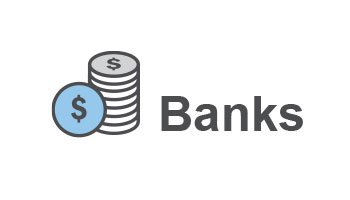
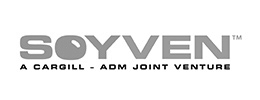

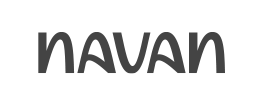
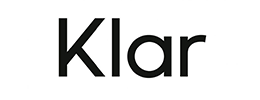


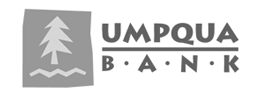
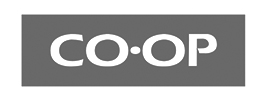

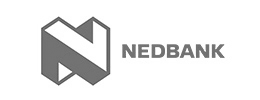


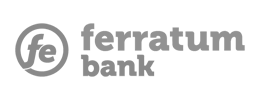
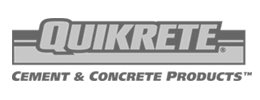

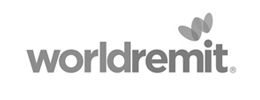






 Quick response
Quick response

